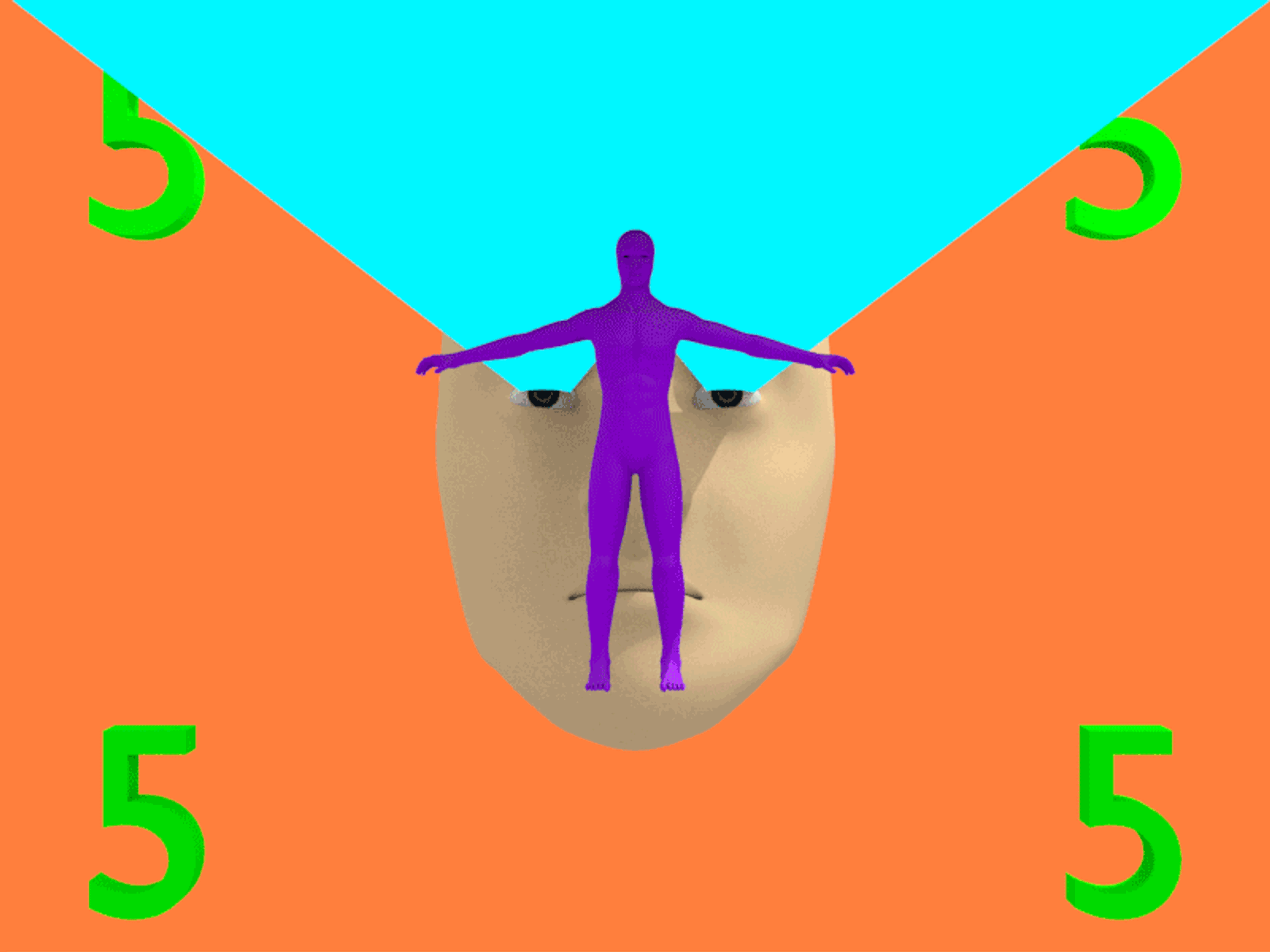
MVR 1.5 (collaboration w/ Eyebeam)
MVR is an event series focused on new forms of exchange between body and technology. With the decreasing size and cost of computer vision, digital components and advances in virtual reality, we are faced with a new awareness of the impact of current digital practices on the physical body. MVR provides a platform for learning and discussion concerning the new interaction between body and information, device, and action.
Presenters:
Dylan Fashbaugh
Nancy Diniz
Sydney Skybetter
Daniel Temkin
—
Dylan Fashbaugh is an engineer, musician, and Celery Boy based in Brooklyn, NY. He discovered art in digital signal processing and radio communications while studying Computer Engineering at the University of Akron. Combining a love of music with a love of technology, he and a small team of engineers created an EEG controlled Audio Effects Processor that went on to win several awards at Intel’s Cornell Cup. Dylan moved to New York to work as an image processing and motion control engineer at Nanotronics Imaging. Since moving to New York, he has worked on several art-tech projects with musicians from Taylor Swift to Pharaoh Sanders. He is currently living a double life creating microscope control systems and designing tech art with the Celery Boys.
Nancy Diniz is an Assistant Professor at the Rensselaer Polytechnic Institute / CASE/SOM in NY and founder and co-principal at Augmented Architectures NY. Her practice operates in-between the human body and architectural scale and engage topics pertaining to bio/digital fabrication, physical computing, data visualization and robotics. Nancy will present her latest project “Embryonic Spaces” where she developed wearable interfaces using biological and synthetic materials coupled with biometric sensing.
Sydney Skybetter (presenting virtually) is a technologist, choreographer, and writer. His dances are regularly performed around the country, most recently at the John F. Kennedy Center for the Performing Arts, the Boston Center for the Arts, Jacob’s Pillow and the Joyce Theater. As a Founding Partner with the Edwards & Skybetter | Change Agency, he has consulted on issues of change management and technology for the National Ballet of Canada, Barnes & Noble, New York University and The University of Southern California, among others. He lectures on everything from dance history to cultural futurism, and is a frequent speaker at Juilliard, Dance/USA, and Opera America. He is a regular contributor to The Clyde Fitch Report, and is an Artist in Residence and Public Humanities Fellow at Brown University, where he researches emerging human computer interfaces within immersive reality systems. He is the founder of the Conference for Research on Choreographic Interfaces (CRCI), which convenes ethnographers, anthropologists, speculative designers and performing artists to discuss the choreography of the Internet of Things. He produces shows at Joe’s Pub and OBERON with DanceNOW[NYC], recently received a RISCA Fellowship in Choreography from the State of Rhode Island, and was the the first to get the word “Frack” in print at Dance Magazine.
Daniel Temkin makes images, programming languages, and interactive pieces exploring systems of logic and language. His blog esoteric.codes, which considers programming languages as an art medium, was awarded the Creative Capital / Warhol Foundation Arts Writers Grant. He has presented on this subject at conferences such as SXSW, SIGGRAPH, and Media Art Histories. His papers have been published in World Picture Journal, Leonardo, and others, including a paper for NOOart that looks at glitch art as an algorithmic practice (claiming that “there’s not much glitch in glitch art).” He regularly performs readings from his Internet Directory project, a 37,000+ page loose-leaf book of all the .COM domains in alphabetical order; he received a commission from the Webby Awards to build an online version, a scroll of domains that takes two years to watch. His work has been a critic’s pick for Art News, the New York Times, and the Boston Globe.